Gardening Tips
Did your plants persist a cold-blooded winter freeze this season ? If so , you may have questions around when and how to prune . In this article , horticulture expert Jill Drago shares her top tips for pruning plants after a hard winter freeze .
Contents

A garden dusted with snow can be just as beautiful as a garden in full bloom in the summertime . That is of course until the heavy C and freezing temperature wreak havoc on your beautiful industrial plant .
wintertime and frost damage can look unlike depending on where you live and what sort of plants you are growing in your garden . The symptom could include burned and discolored farewell , frozen and destroyed flower and foliage buds , as well as rugged branches .
Keep reading to learn sometips to clean your plants up after a harsh winter freeze .

Wait Until Spring
I can understand how tempting it may be to get out into your garden after some heavy C snap some arm , or after a deep halt . I am here to severalize you to wait .
It is urge to look to do any pruning on damage plant until you may truly appraise the harm that has been done . Allowing the plant to flip out will give you a better idea of what need to be removed .
It is important to set aside the plants to warm up and return to their normal selves as well . Thiswillpromote proper healingandwillprevent any further equipment casualty from pass .
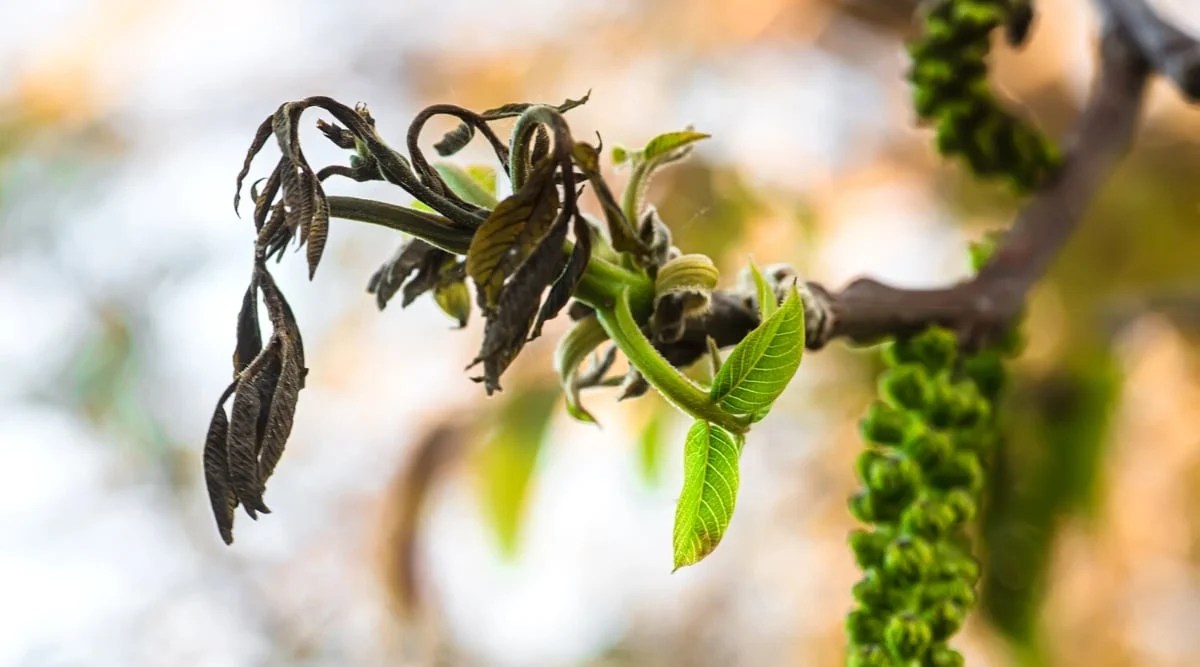
Of of course , if there are limb in the way of day - to - day life or limb that could be hazardous you should take charge of those right away .
Identify Damage
Many different type of damage can fall out after a deep winter freeze orunder the weightiness of snow .
The first would bebroken branches . This can be unsatisfying because it can bankrupt the smasher of your works , and sometimes it can even do plant life death . The breaking of branch could be as minimum as a few sprig snapping off , to entire branches snapping and dividing the plant .
You may also seeleaves that have darkened and become droopy . Flower bud can also become damaged by extremely cold temperature .
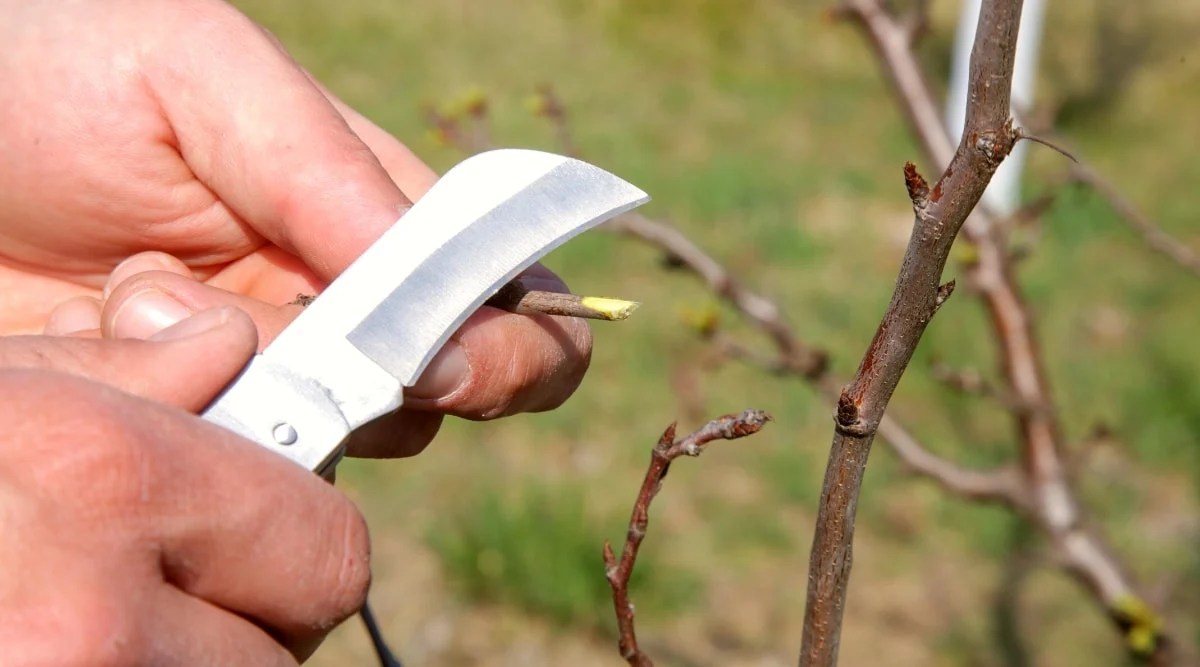
Both of these types of damage are not deadly to your plant , but you may have to give a season of beautiful blooms while your plants reclaim .
Dead vs. Damaged
It can be very shivery to see your plant life covered with dismal or discolored leave . If you have rationalise your flora too deep in the summer or dip , the novel growth may not have had enough fourth dimension to harden off and could be more susceptible to frost damage .
These leave of absence will likely degenerate from the plant once they have thawed in the spring . Many plants will grow young leaves in the spring . However , if the plant appears damage this is where I would suggest giving the scratch test a try .
Simply utilise your fingernail or your garden shear toscratch a chip of the bark off of one of your damaged leg . If the plant life tissue paper below is green ; your flora is still animated and may just need some time to go back . If it is brown all the way through ; that branch , and maybe even the entire plant may be in jumpy shape .
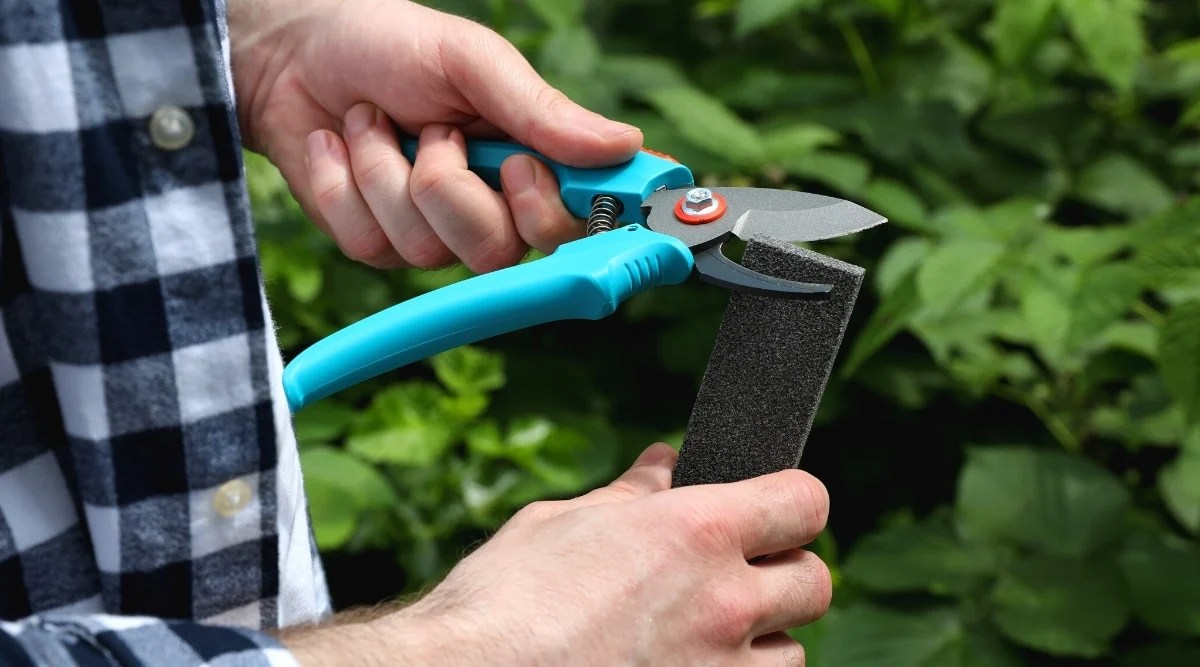
Sharpen Your Tools
Before you start cutting , you will need tomake sure that your tools are cleaned and sharpened . This will likely be the first meter you are using your shears since the twilight , and they could probably utilise a bit of a tune - up .
Many garden centers will do this service for you . If you are going to give this a try at home , wear off protective baseball mitt to protect your skin .
If your pruning shears are already sharpened , give them a quick cleaning . Diseases and insect eggs can linger in tools , and it is really bare to pass over them down . you may clean your shears with rubbing alcohol or diluted blanching agent . Allow the shears to dry out completely before you utilize them .

Use the One-third Rule
The number one pruning rule I have learned over the rules , and in all probability the most popular rule in worldwide is the one - third ruler .
This rule is easy to follow . When you are pruning for chassis or removing damage growth you will only want toremove one - third of the subdivision per class .
If your shrub is 3 feet tall , you will only need to dispatch 1 groundwork of subdivision . This might be frustrating if you have more life-threatening damage , however , it is the best elbow room for your plant to recover .

likewise , to taking duration off of your industrial plant , if you are remove branches from within the plant it is best to only remove one - third of the branches from the plant per class .
Remove Damaged Flower Buds & Leaves
Frost and frigid temperature can damage your peak buds as well as leaves onevergreen shrub .
Late frosts can seriously damage tender flower buds on your plant . The bud will ferment brown or blackand are easy to identify . These buds likely will not blossom , but if they do the prime will be distorted . you may remove these flower buds by script if you wish , or you may pass on them to see what happens .
If you notice yourleaves have dry out and become discolored , you are in all probability dealing with desiccation . It happen when your plant life is release more water system than can be taken in by the roots . In the spring , these leaves will likely be pushed off by new growth . If they do n’t you may use your hands to sweep them off .

Keep the Plant’s Shape in Mind
While you are pruning , check that you are charter a few gradation back from the plant every now and again to check that you are n’t damage the shape of the shrub .
If the damage has occurred in a prominent spot on your shrub , you may want to make the pruning a multi - year cognitive process . If you’re able to enshroud your pruning because it is in the back of the shrub , go for it !
That being said , if your plant is severely damaged pruning to the terra firma , is an option ! Use your garden shear totrim back branches to within a few in of the flat coat . This will advertise young ontogeny in the spring .

Remove Dead Wood
While you are pruning your shrub keep your eye out for any deadwood within your plant . This is a large fourth dimension to remove the fifth wheel . This is wood that has no parting on it . It may appear hollow and will not be unripe if you perform the lettuce test .
Sometimes , as is the causa with hydrangeas , you could just pull the fifth wheel out with your hands . If this is not the case , you’re able to cut it back to the ground or the nearest outgrowth item .
Removing deadwood will helpincrease the airflow within the plantand willmake elbow room for new growthto expand .
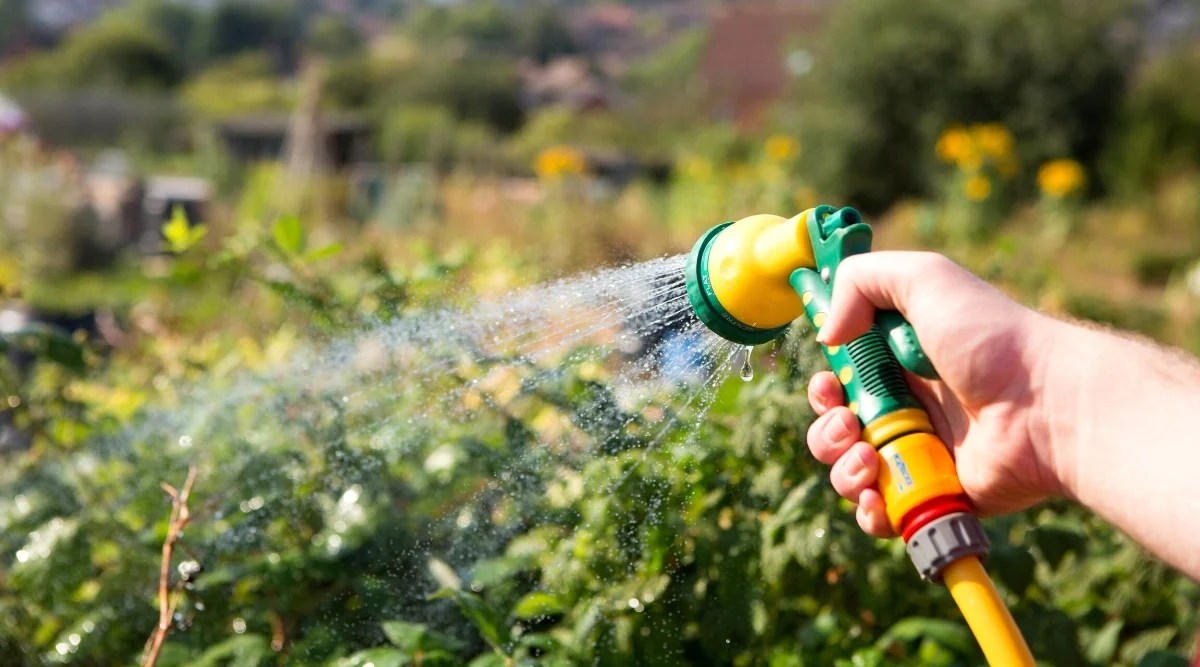
Water Before and After Pruning
We all sleep with how important lachrymation is to the overall health of our plant life . It is especially important when you are pruning your works and removing any ontogeny . Water your plants before you dress your flora tohelp aid in proper wound healing .
Once you have nail your pruning work , remember to water your plants ! Pruning make receptive wounds on your plants . These wounds will cure well if the plants are well watered . Open wound also can cause water loss .
Since it will be spring by the metre you are completing this pruning , you should be quick tostart your even wateringanyway . However , if these plants happen to be in an area where you do n’t typically piss it may be helpful to set a reminder or result a hose out to drip .
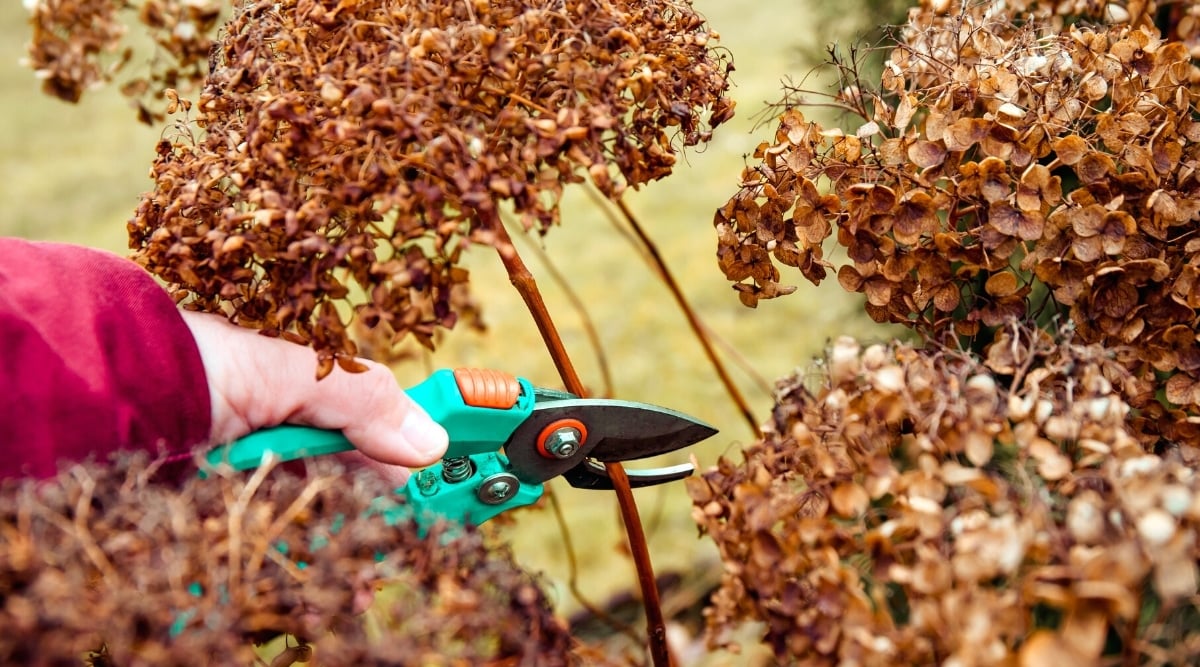
Start Preparing in the Fall
go in a frigid climate , you probably are mentally prepared for some damage to occur to your industrial plant during the cold seasons . prune out utter woods or other potentially damaged limb in the fallis a slap-up room to preclude larger breakage from happening under the weight of ice and snowfall .
Another great way to prepare your flora for the cold wintertime months is by water them ! Once the ground freezes your plant will not be able to take in much water . The more piss your plants can drink in the fall , the honorable they will be all wintertime retentive .
Ignore Pruning Altogether
You may have experienced a deep hoarfrost this wintertime , but that does n’t needs intend that you demand to prune your plant . Plants are live . If you are grow plant that are intrepid in your hardiness zone , you may be just fine .
Frost can stimulate equipment casualty that may come along ugly . But the heart and soul of the plant life may still be awake and well even if the outside makes the plant life look like it wo n’t survive . This could be frost - damaged leaves or flower buds .
It may take a year for the works to start to look its sound again . But pruning induces stress on your plant , so you may be better off not pruning at all .

Final Thoughts
wintertime equipment casualty can be thwarting to deal with . Spring should be full of joy and happiness and have got to prune away geezerhood of backbreaking oeuvre is a bummer .
The good affair you could do is to be patient until you could to the full assess the damage in the spring . Take your time andmake heedful cuts to assist rejuvenate your plantand showcase its smasher this season .